Poor soil can feel like a gardener’s worst enemy, but it doesn’t have to be. Instead of struggling to fix every inch, why not choose plants that thrive in challenging conditions? Some species have adapted to flourish where others fail, turning poor soil into a canvas of beauty and resilience.
These 16 plants don’t just survive—they prosper in nutrient-poor, compacted, or sandy soils, requiring less amendment and less effort from you. They’re perfect for gardeners looking to work with their land, not against it.
In this article, discover 16 plants that thrive in poor soil—making gardening easier, more sustainable, and surprisingly rewarding.
Lavender
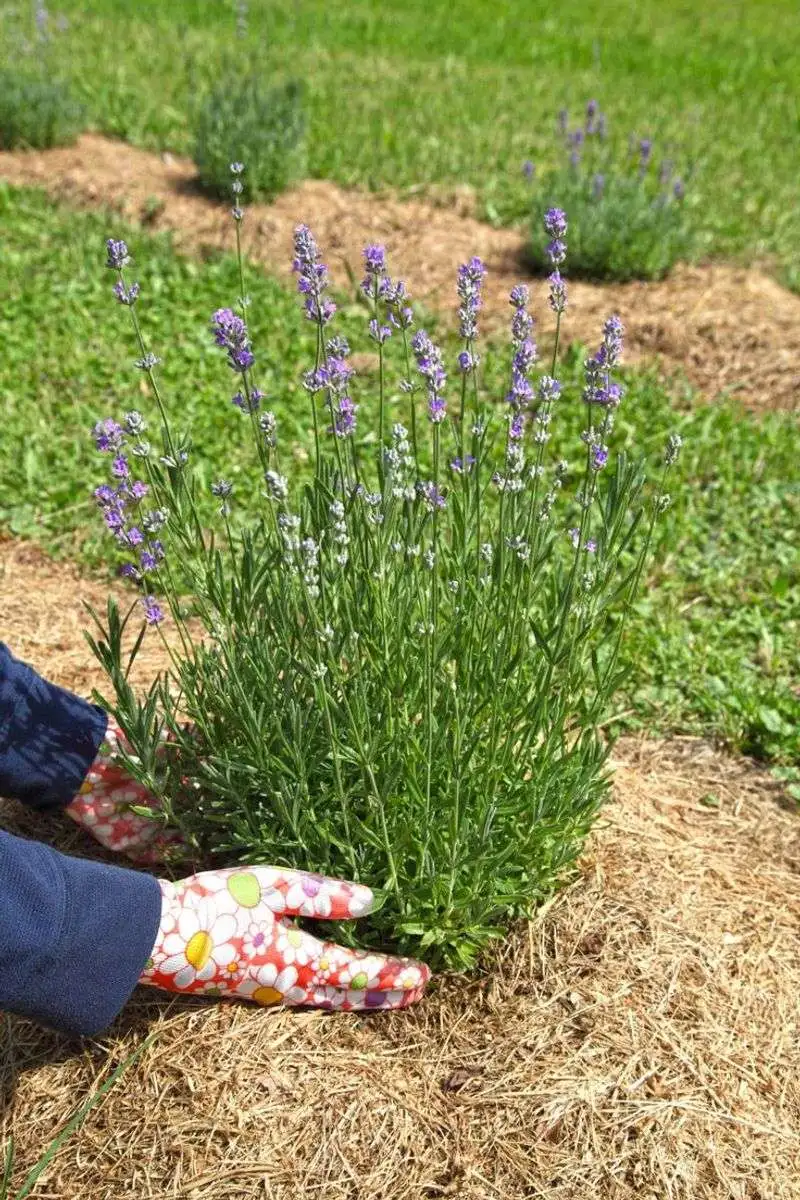
Lavender is not just a feast for the eyes; its fragrant blooms make it a favorite among gardeners. This hardy plant thrives in dry, sandy, or rocky soil, making it perfect for areas where other plants might struggle. Its aromatic leaves and flowers can transform any garden into a sensory delight, attracting bees and butterflies. Historically, lavender has been used for its calming scent, making it a popular choice for gardens where relaxation is key.
Sedum
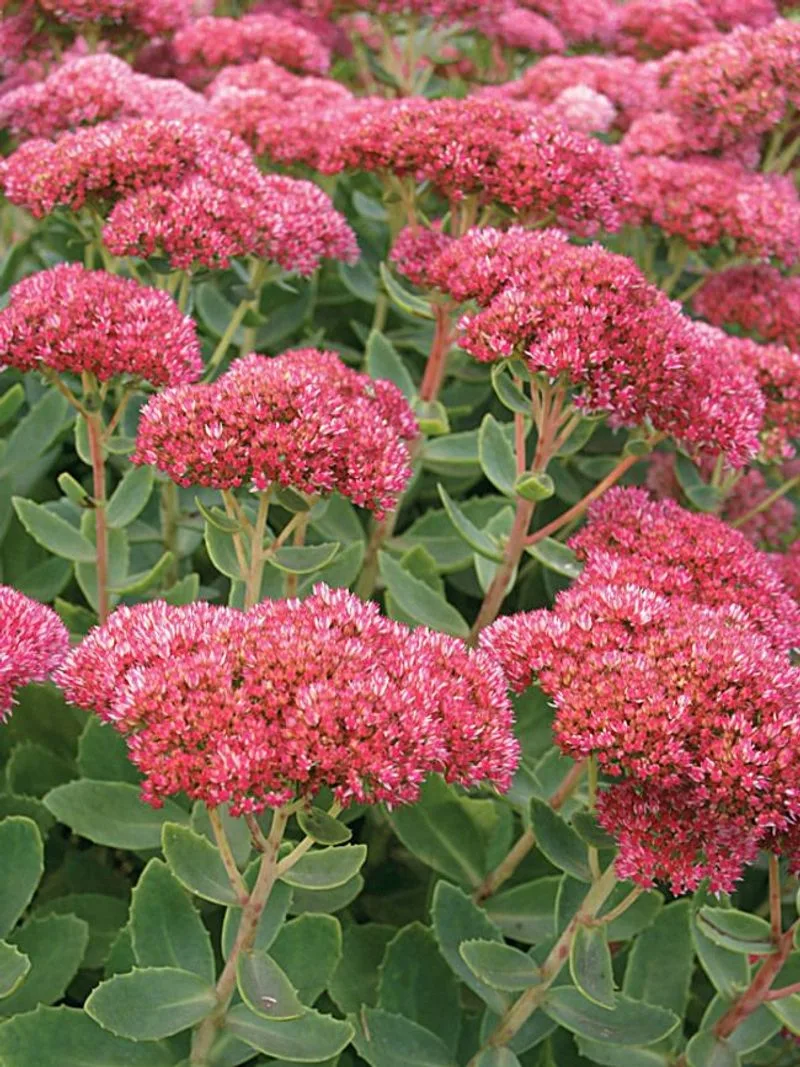
Sedum, often known as stonecrop, is a succulent that laughs in the face of adversity. It requires little water and grows well in gravelly or sandy soil. This plant’s thick, fleshy leaves store moisture, enabling it to survive in harsh conditions. Sedum comes in various shapes and colors, providing visual interest throughout the year. Its ability to attract pollinators adds another layer of appeal to this resilient plant.
Yarrow

With its feathery leaves and clusters of tiny flowers, yarrow is a delightful addition to any garden. It thrives in poor soil, especially sandy or rocky environments. This drought-tolerant plant requires minimal care and yet rewards the gardener with a burst of color. Yarrow’s historical use as a healing herb adds an intriguing dimension to its beauty.
Russian Sage
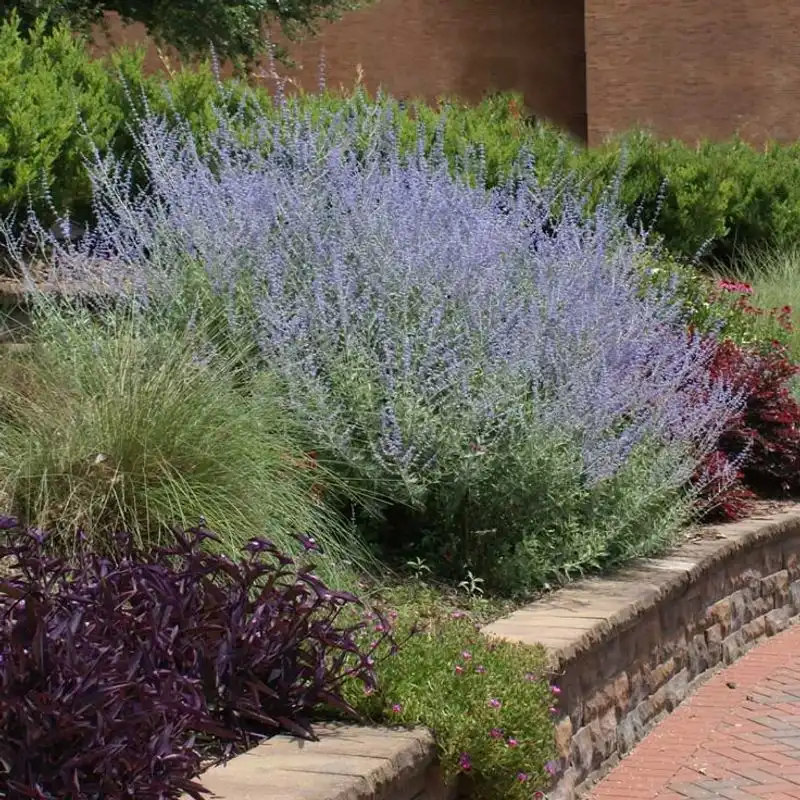
Russian Sage brings a touch of elegance with its silvery foliage and lavender-blue flowers. It’s a sun-loving plant that thrives in well-drained, poor soil. This perennial is drought-tolerant and attracts bees, making it a vital part of an eco-friendly garden. Its long blooming season ensures that it remains a garden favorite throughout the year.
Coneflower
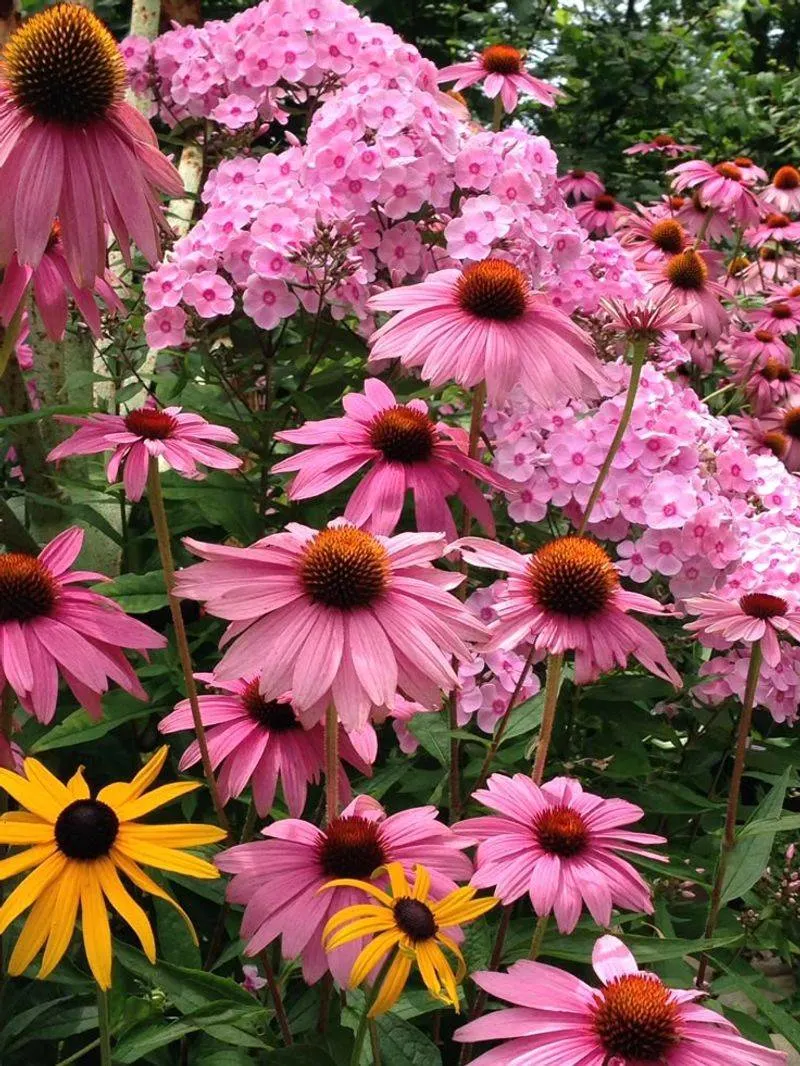
Coneflowers are robust beauties that can handle poor soil with ease. Known for their distinctive central cones and bright pink petals, they add a splash of color to any landscape. This plant attracts butterflies and birds, providing an ecological boost to gardens. Its resilience and low maintenance needs make it an excellent choice for novice gardeners.
Black-eyed Susan

Black-eyed Susan is a cheerful addition with its bright yellow petals and dark centers. It flourishes in poor soil, especially sandy or gravelly areas, and requires minimal care. This plant is a magnet for pollinators, making it a valuable asset for biodiversity. Its long-lasting blooms provide continuous color throughout the summer months.
Creeping Thyme
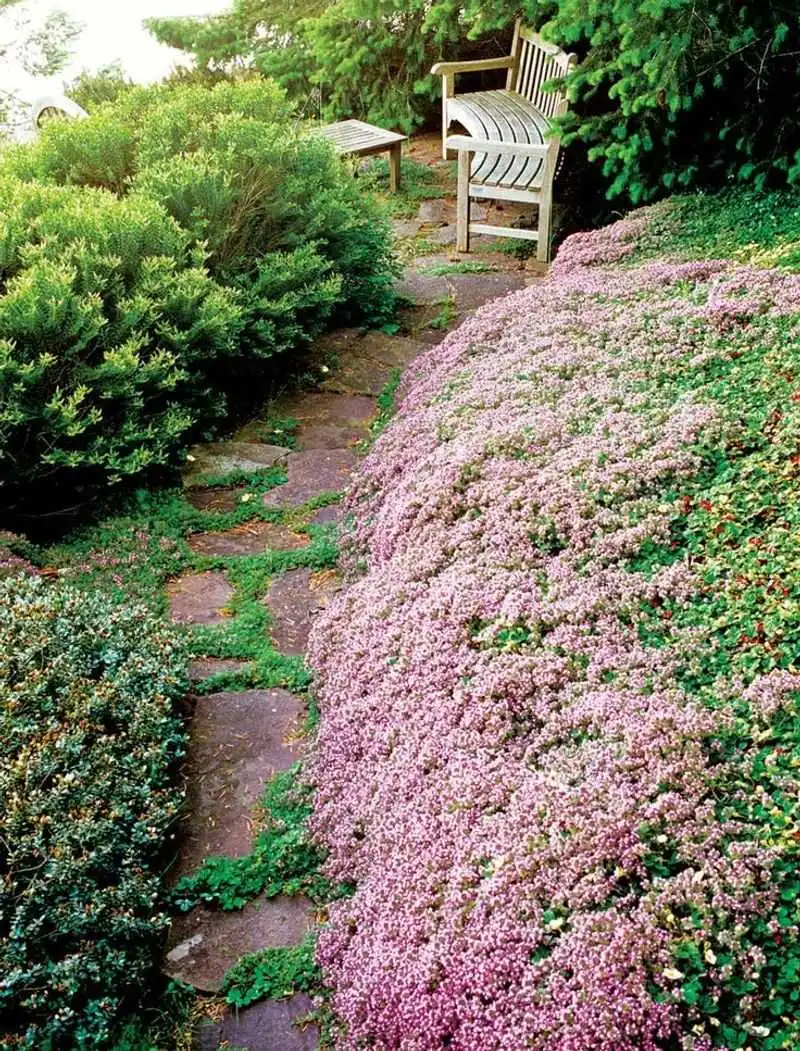
Creeping thyme is more than a ground cover; it’s an aromatic wonder. This plant forms a dense mat over dry, rocky soil, releasing a delightful scent when walked upon. It’s drought-tolerant and requires little maintenance, making it perfect for those who prefer a low-effort garden. Its tiny purple flowers are a haven for bees, ensuring your garden buzzes with life.
Euphorbia
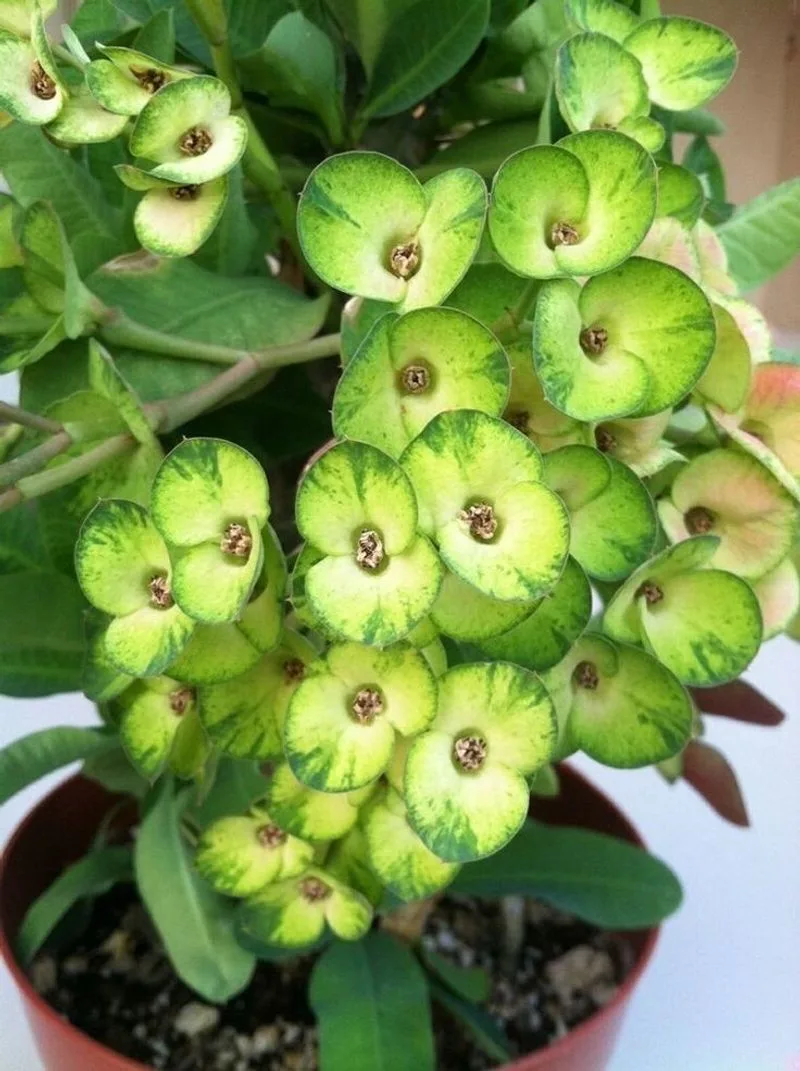
Euphorbia stands out with its bushy structure and vibrant green and yellow tones. This plant thrives in poor, rocky soil and is known for its drought resistance. Its unique appearance adds architectural interest to gardens, and its ability to grow where others fail makes it a valuable addition. Euphorbia’s minimal water needs make it ideal for eco-conscious gardeners.
Blanket Flower
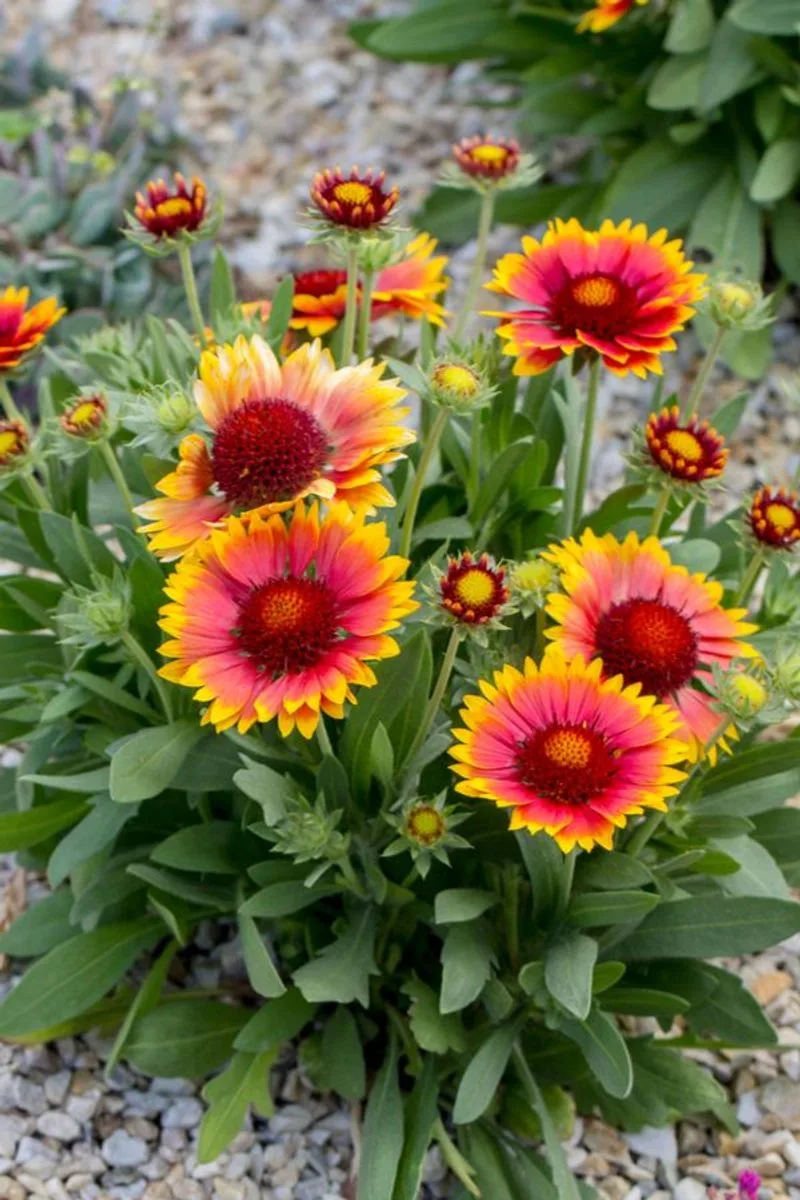
Bright red and yellow blooms make the blanket flower a standout in any garden. It thrives in dry, sandy soils and requires little more than sunlight to flourish. This hardy plant attracts butterflies, adding movement and life to your garden. Its long blooming season ensures that your garden remains vibrant from early summer through fall.
Lantana

Lantana is a burst of color and resilience. Its clusters of small flowers come in a rainbow of hues, thriving in poor, dry soil where others falter. This plant attracts pollinators, making it a lively addition to any garden. Lantana’s heat tolerance and minimal care needs make it a favorite for gardeners in warmer climates.
Gaura
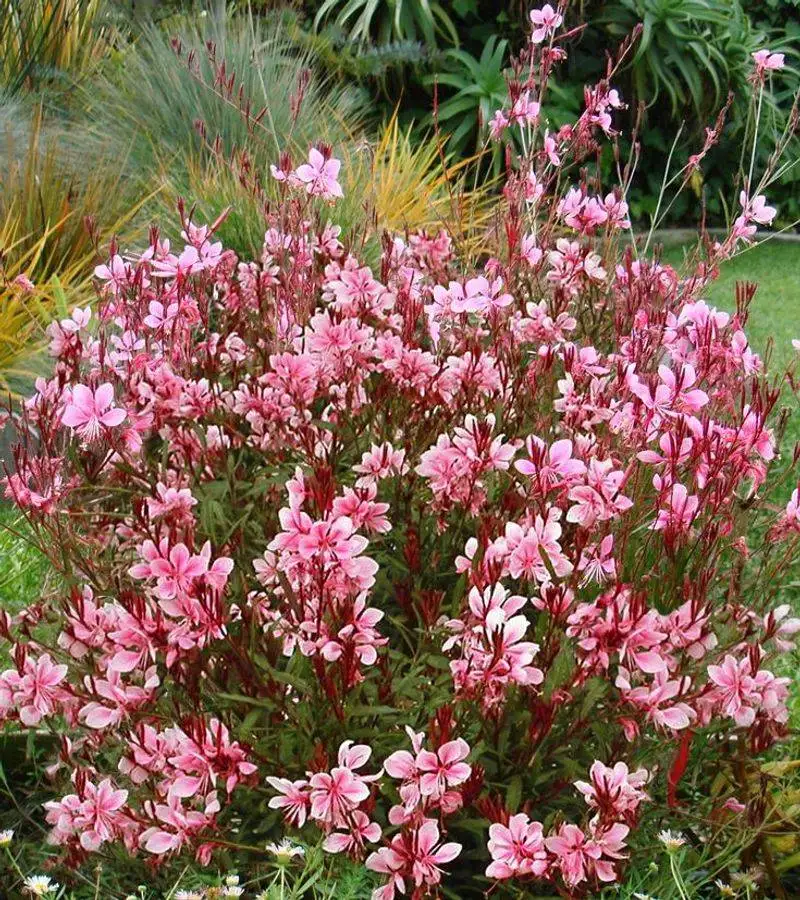
Gaura is a graceful plant known for its delicate pink and white flowers that sway with the wind. Thriving in poor soil, it’s a drought-tolerant choice that requires minimal attention. Its long blooming season and airy appearance make it a versatile addition to flower beds or borders. Gaura’s resilience is matched by its beauty, offering elegance without demanding effort.
Coreopsis
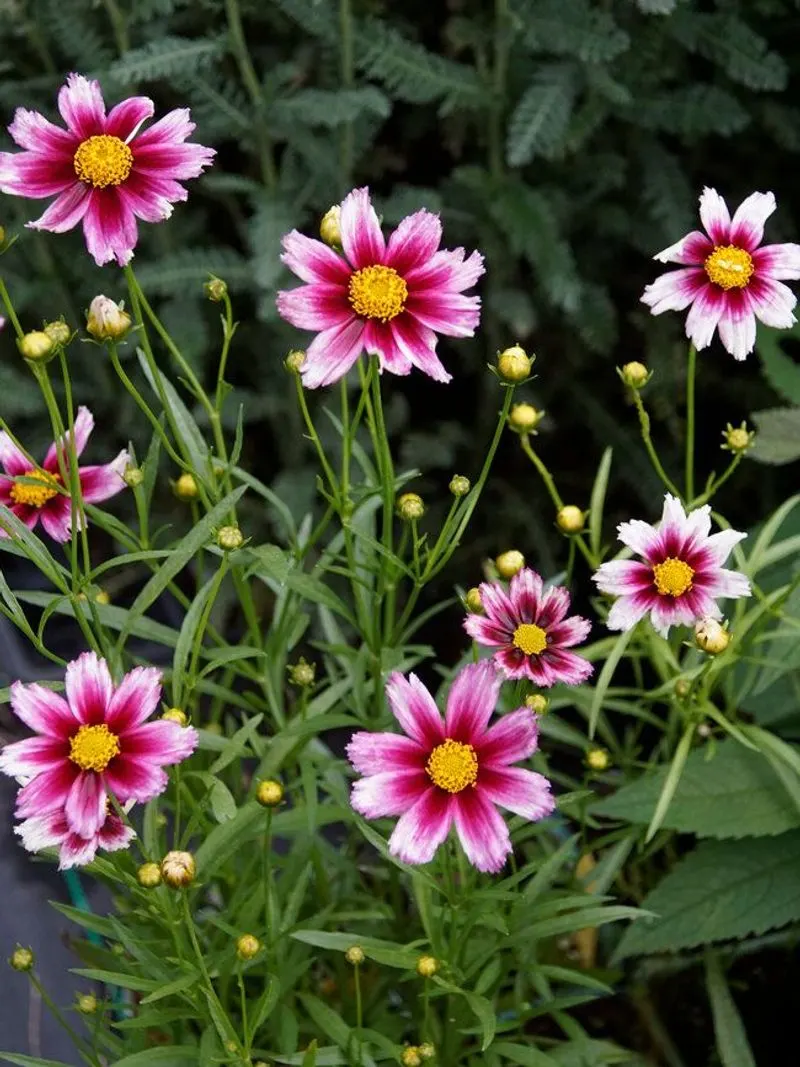
Coreopsis, with its sunny yellow flowers, brightens any landscape. It’s a hardy plant that thrives in poor, dry soil and requires very little water. This cheerful plant attracts pollinators, supporting a healthy ecosystem in your garden. Its low maintenance and long blooming period make it an appealing choice for gardeners seeking vibrant color without the fuss.
Lamb’s Ear
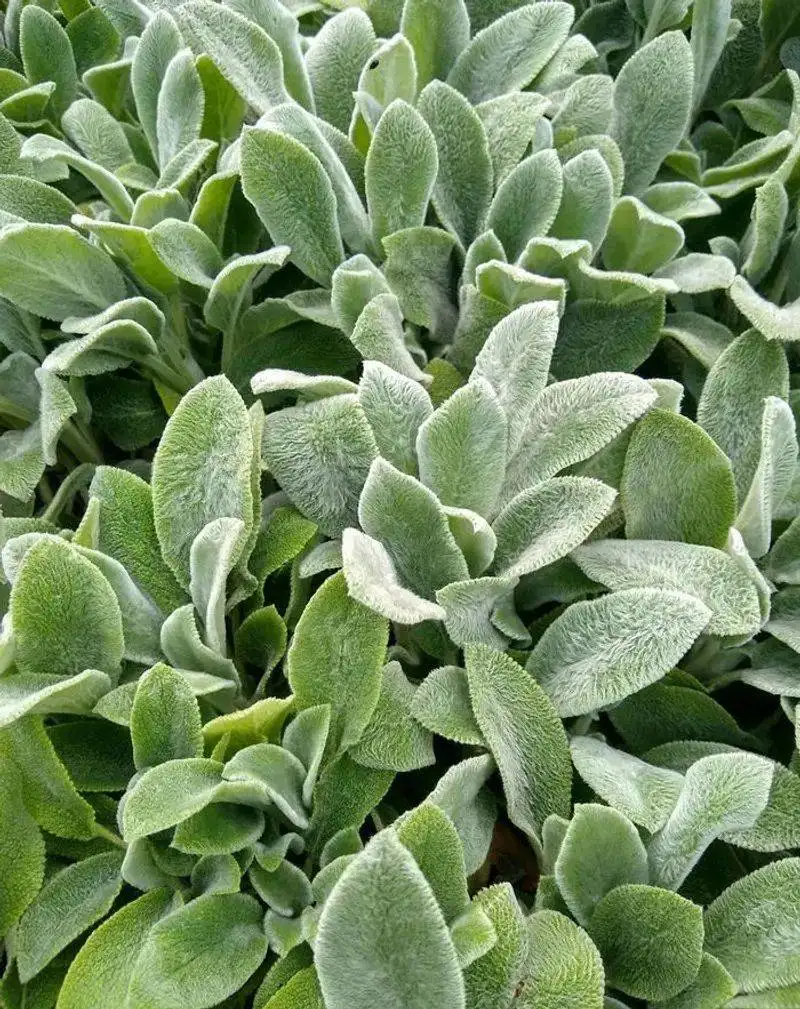
Lamb’s Ear is known for its soft, velvety leaves that feel as gentle as they look. This plant thrives in poor, rocky soil and adds a tactile element to garden design. Its silvery foliage brightens up spaces and provides an interesting contrast to other plant textures. Lamb’s Ear’s low water needs and unique appearance make it a favorite for sensory gardens.
California Poppy

The California Poppy is as vibrant as the state it’s named after, with bright orange flowers that light up any setting. This plant thrives in poor, sandy soil and requires minimal care, making it perfect for wildflower gardens. Its ability to reseed ensures a continuous display year after year. The California Poppy’s cheerful blooms are a testament to nature’s resilience and beauty.
Butterfly Weed
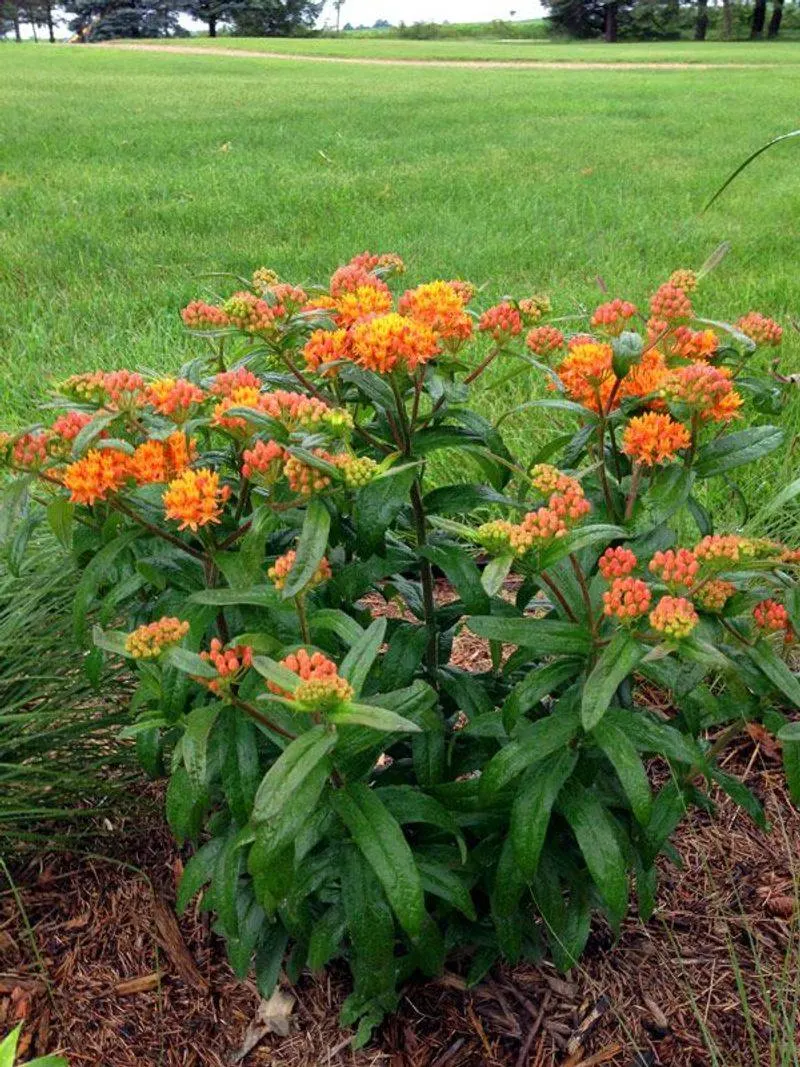
Butterfly Weed is a magnet for pollinators, particularly its namesake, the butterfly. With its bright orange flowers, it thrives in poor, rocky soil and requires little care beyond occasional watering. This hardy perennial supports wildlife, making it an essential plant for eco-friendly gardens. Its vibrant blooms and ecological benefits make it a standout choice with lasting impact.
Foxglove
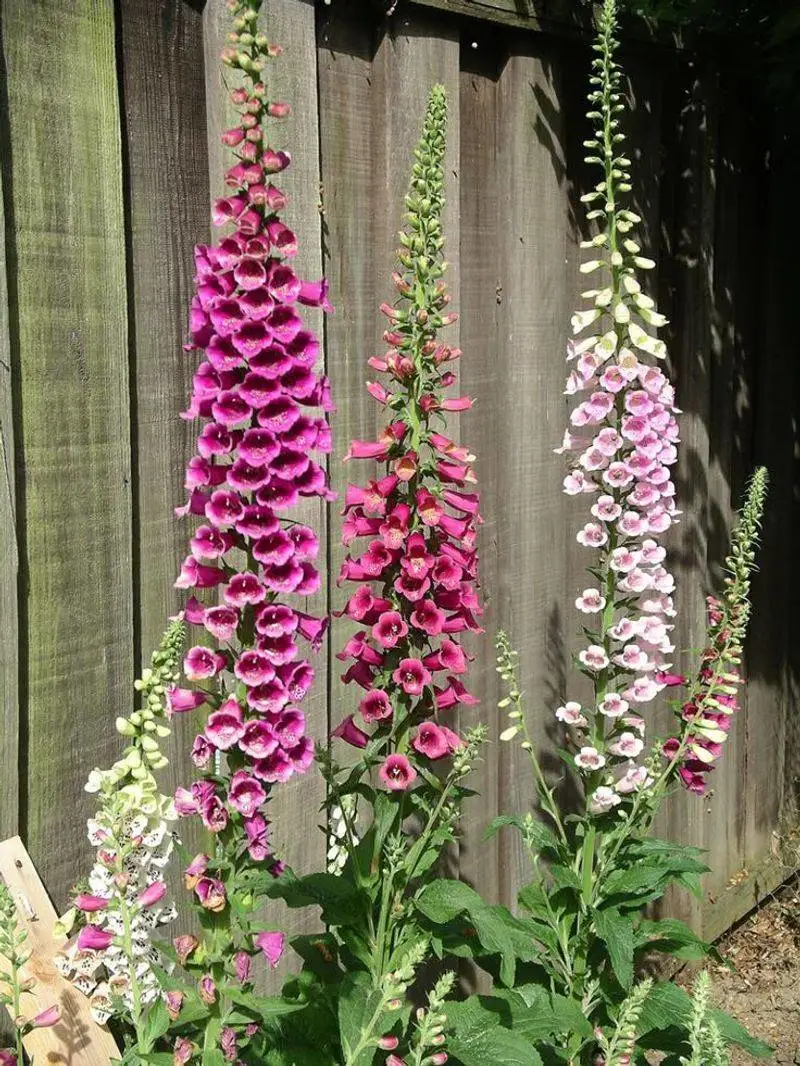
Foxglove captivates with its tall spikes of tubular flowers in shades of purple and pink. Thriving in poor soil, particularly sandy or rocky areas, it adds height and color to garden designs. This plant’s history as a source of digitalis, a heart medication, adds an element of intrigue. Foxglove is both beautiful and beneficial, making it a unique addition to any garden.

